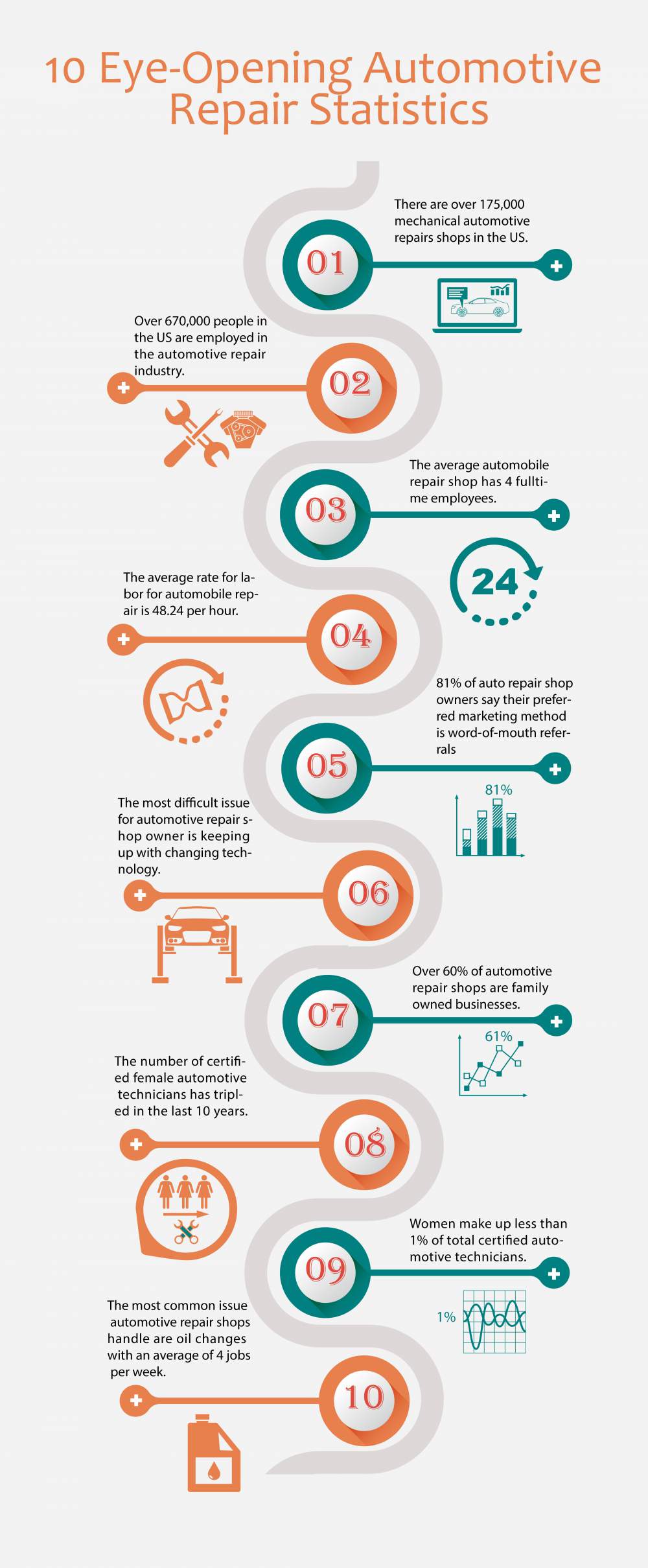Comprehending Your Automobile'S Caution Lights: What Do They Really Mean?
Comprehending Your Automobile'S Caution Lights: What Do They Really Mean?
Blog Article
Author-Hartley Forbes
When you're behind the wheel, those beautiful caution lights on your dashboard can be a little bit bewildering. Do you know what they're attempting to inform you concerning your auto's health? Recognizing interior car cleaning near me of these lights is essential for your safety and the long life of your vehicle. So, the following time one of those lights turns up, would not you intend to decipher its message precisely and take the necessary actions to resolve it?
Common Caution Lights and Interpretations
Identify typical caution lights in your car and comprehend their significances to ensure safe driving.
One of the most typical warning lights consist of the check engine light, which signifies concerns with the engine or exhausts system. If this light comes on, it's essential to have your automobile inspected quickly.
The oil stress advising light suggests low oil pressure, calling for instant attention to prevent engine damage.
https://www.newyorker.com/magazine/2022/07/25/the-vw-bus-took-the-sixties-on-the-road-now-its-getting-a-twenty-first-century-makeover blinking battery light may recommend a damaged billing system, potentially leaving you stranded if not attended to.
The tire stress tracking system (TPMS) light signals you to low tire stress, impacting lorry stability and gas performance. Ignoring this might cause risky driving problems.
The abdominal light suggests an issue with the anti-lock braking system, endangering your ability to quit quickly in emergency situations.
auto clean but not least, the coolant temperature level cautioning light warns of engine getting too hot, which can cause serious damage if not solved swiftly.
Understanding these typical warning lights will assist you resolve issues without delay and maintain risk-free driving problems.
Value of Prompt Attention
Recognizing the usual caution lights in your cars and truck is just the very first step; the significance of immediately attending to these warnings can't be stressed sufficient to ensure your safety when traveling.
When a caution light illuminates on your control panel, it's your vehicle's way of connecting a possible problem that needs attention. Overlooking these warnings can bring about much more extreme issues in the future, compromising your safety and potentially costing you much more in repairs.
Trigger focus to cautioning lights can protect against malfunctions and crashes. For example, a flashing check engine light might suggest a misfire that, if left unattended, might create damages to the catalytic converter. Addressing this without delay can save you from an expensive repair work.
In a similar way, a brake system advising light might indicate low brake fluid or worn brake pads, critical parts for your safety when driving.
DIY Troubleshooting Tips
If you discover a warning light on your dashboard, there are a few DIY troubleshooting suggestions you can try before looking for expert help.
The very first step is to consult your vehicle's handbook to understand what the certain warning light shows. Often the concern can be as simple as a loose gas cap setting off the check engine light. Tightening up the gas cap might fix the problem.
An additional typical concern is a low battery, which can set off numerous advising lights. Examining the battery connections for deterioration and guaranteeing they're protected may take care of the trouble.
If a caution light lingers, you can try resetting it by disconnecting the automobile's battery for a couple of minutes and after that reconnecting it. Additionally, checking your vehicle's liquid levels, such as oil, coolant, and brake liquid, can assist repair alerting lights associated with these systems.
Verdict
Finally, recognizing your vehicle's warning lights is essential for keeping your vehicle running smoothly and securely. By promptly attending to these signals and understanding what they suggest, you can avoid pricey repair work and prospective malfunctions.
Keep in mind to consult your automobile's guidebook for certain information on each alerting light and take action appropriately to guarantee a trouble-free driving experience.
Keep educated, stay risk-free on the road!
